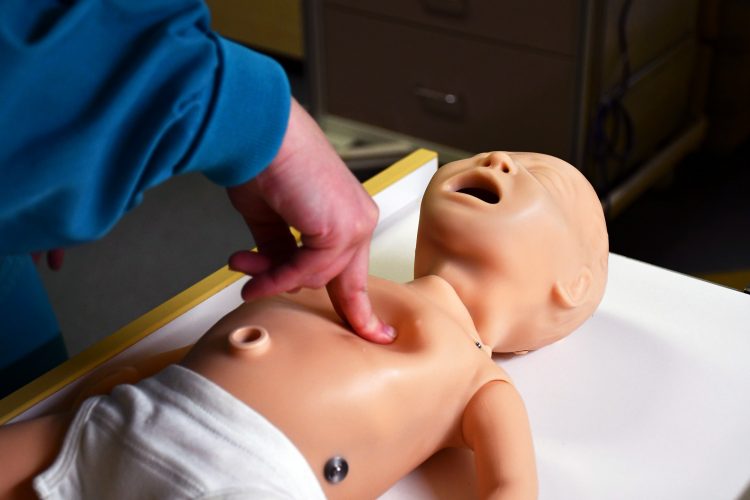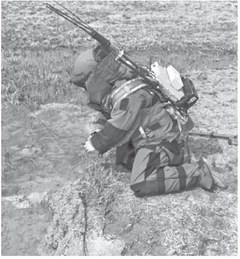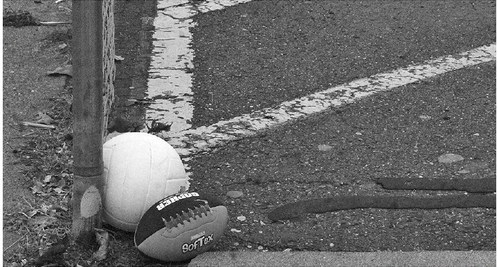Learning infant CPR is not just a skill, it’s a lifeline


Every caregiver should be familiar with Infant Cardiopulmonary Resuscitation (CPR). It’s a technique used to revive infants under the age of one, when they experience life-threatening situations.
“While you may hope to never have to utilize CPR for a child or infant, understanding the procedure is crucial,” said neonatal nurse Jenna Piel.
Recognizing the signs that indicate an infant might require CPR and understanding the proper steps, can make a significant difference in an emergency. There are several key indicators that an infant might require CPR, which include the following:
• Cyanosis – If the infant’s skin is turning blue, especially around the lips or extremities, it’s a sign of oxygen deprivation and requires immediate attention.
• Absence of Air Movement – Carefully assess the infant’s breathing, by observing the chest movement. If there’s no apparent air movement or chest rise, this could signify breathing difficulties.
• Unresponsiveness – Gently tap the infant’s foot and call out to them. If there’s no response, the baby is unresponsive and requires prompt action.
Performing CPR on an infant involves specific techniques that differ from those used for older children or adults. Instead of using the palm of the hand to do chest compressions, use fingers. According to the American Red Cross, here’s how to proceed:
• Positioning – Lay the infant flat on their back on a firm surface. Remove any clothing from the baby to ensure proper contact with the chest.
• Compression Depth and Rate – Locate the nipple line on the infant’s chest. Position two fingers at this point and start chest compressions. For infants, the depth of compressions should be about 1.5 inches (4 cm) and the rate should be around 100-120 compressions, per minute.
• Call for Help – If someone else is present, instruct them to call 911 immediately. If alone, call 911 and put it on speakerphone, while performing CPR, so they can guide through the process.
• Cycles of Compressions and Breaths – Administer 30 chest compressions followed by two breaths, then immediately repeat this cycle. Maintain this pattern until the infant starts breathing or until professional help arrives.
• Adapting to the Situation: If alone and without a phone, initiate CPR for five cycles, before leaving the infant to call 911. This ensures that initial efforts are not compromised.
While knowing how to perform infant CPR is vital, taking steps to prevent situations where it’s needed is equally important:
• Safe Sleep Practices – Remember the ABCs of sleep: Alone, on their Back, in a Crib. These practices reduce the risk of sudden infant death syndrome (SIDS).
• Water Safety – Vigilantly monitor infants around water sources, as drowning is a significant danger for young children.
• Regular Check-ins – Stay attuned to an infant’s health and behavior. If there are any unresponsiveness or unusual symptoms, seek medical assistance promptly.
By recognizing the signs, understanding the steps and prioritizing preventative measures, adults can enhance the safety and well-being of the littlest ones.




